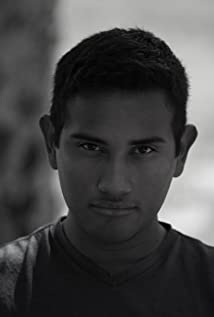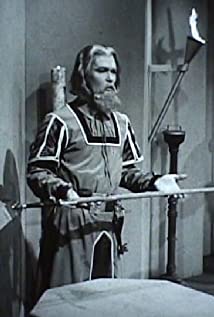In May 1930, Williams returned to the U.S., assigned as a flying instructor at the primary training school March Field, California. In August 1931, he transferred to Randolph Field, Texas where he also served as a FLIGHT instructor. From August 1933 to June 1934, Williams attended the Air Corps Tactical School, Maxwell Field, Alabama. Williams moved to Rockwell Field, California in August 1934, where he served as secretary (adjutant) and senior instructor, Advanced Air Navigation Training Unit. In April 1935, he was promoted to captain and assigned to the 30th Bombardment Squadron, also at Rockwell Field. From August 1936 to June 1937, Williams attended the U.S. Army Command and General Staff School at Fort Leavenworth, Kansas.














